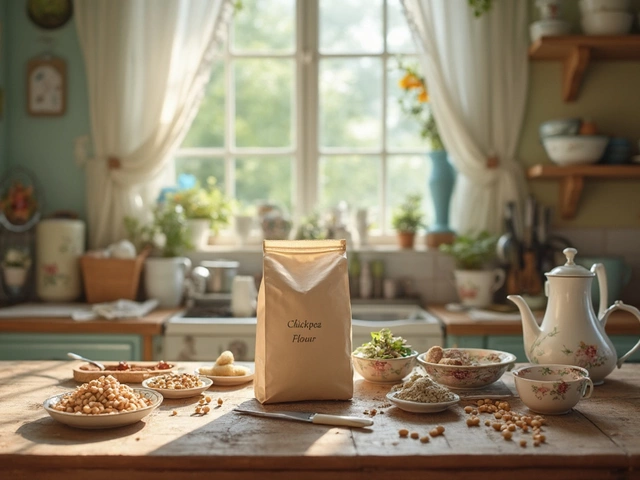How to Make Fudge That Turns Out Perfect Every Time
Fudge is one of those desserts that feels fancy but is actually super simple. All you need is a few pantry staples, a candy thermometer, and a bit of patience. In this guide we’ll walk through a classic chocolate fudge recipe, show you how to avoid grainy or burnt mistakes, and share clever ways to rescue a batch that didn’t go as planned.
Basic Chocolate Fudge Recipe
Start with these easy‑to‑find ingredients:
- 2 cups granulated sugar
- 1 cup heavy cream
- 1/2 cup unsalted butter
- 1/4 cup cocoa powder
- 1 tsp vanilla extract
- Pinch of salt
Combine the sugar, cream, butter, cocoa, and salt in a medium saucepan. Cook over medium‑low heat, stirring until the sugar dissolves. Attach a candy thermometer and bring the mix to a steady boil. When it hits 234°F (112°C) – the soft‑ball stage – remove the pan from heat.
Now stir in the vanilla, then let the mixture sit for a minute. Beat it with a whisk or electric mixer until it loses its shine and thickens – usually 2‑3 minutes. Pour into a greased 8×8‑inch pan, smooth the top, and let it cool completely before cutting into squares.
Common Fudge Problems and Quick Fixes
Grainy texture: This happens when the sugar crystals re‑form. If you catch it early, keep cooking a few more minutes until the temperature reaches 240°F (115°C). If the batch is already grainy, blend it in a food processor with a splash of milk and pour into a new pan – the extra moisture helps smooth it out.
Too soft or runny: You likely stopped before the soft‑ball stage. Return the mixture to the stove, bring it back up to 234°F, then beat again. If it’s still soft after cooling, chill the pan in the fridge for 15 minutes and beat once more.
Burnt flavor: Burnt sugar gives a bitter taste. Scrape the bottom of the pan with a wooden spoon, add a teaspoon of hot water, and stir to dissolve any stuck bits. Taste before adding the vanilla – if the burnt note is strong, it’s best to start over.
Rescue Ideas for Failed Fudge
Even a batch that turned out grainy or too hard can be saved. Here are three quick ideas:
- Fudge truffles: Cut the solid fudge into small cubes, melt with a splash of cream, roll into balls, and coat with cocoa or crushed nuts.
- Fudge brownies: Crumble the fudge into a brownie batter for an extra chocolate boost. It adds moisture and a rich flavor.
- Fudge salsa: Mix soft, over‑cooked fudge with fresh fruit (like strawberries or banana) and serve as a dip for pretzels or marshmallows.
Storing Fudge for Freshness
Wrap cooled fudge tightly in plastic wrap, then place it in an airtight container. Stored at room temperature, it stays fresh for up to two weeks. For longer storage, pop the container in the fridge – the flavor deepens and the texture stays firm. Avoid the freezer unless you plan to eat it within a month; freezing can cause a grainy surface when it thaws.
Making fudge is all about timing and temperature, but even a misstep can lead to tasty new creations. Keep these tips handy, experiment with flavors like peanut butter or caramel, and you’ll have a go‑to treat for parties, holidays, or a simple sweet snack.






